What is it?
Shoulder impingement syndrome is caused by inflammation in the subacromial space which is a narrow, bony area where tendons and muscles of the shoulder pass through. This space is an area in the shoulder that’s approximately 1/2 an inch wide and is between your humerus (upper arm bone) and the acromion (a bony projection of the scapula). When you raise your arm, the greater tubercle which is on the humerus moves up towards the acromion process resulting in the subacromial space being naturally reduced. When dealing with a healthy shoulder where everything is functioning properly this narrowed space is not a problem. However, the supraspinatus tendon and the subacromial bursa lie within the subacromial space. Therefore, these tissues are at the greatest risk of being pinched/irritated between the humerus and acromion process when you lift your arm. If the soft tissue in the subacromial space is swollen or the acromion is pinching or rubbing on the supraspinatus tendon it can cause a lot of irritation in the subacromial bursa and to the supraspinatus tendon itself. This pinching of the supraspinatus tendon or subacromial bursa causes the pain of shoulder impingement syndrome, which becomes worse as inflammation increases. The more irritated these things are, the more inflamed they become, leading to increased pinching/rubbing/irritation which results in more pain.
How does it happen?
Abnormal narrowing of the subacromial space can happen as a result of bone spurs, thickening or calcification of the coracoacromial ligament, a misaligned glenohumeral joint, repetitive microtraumas, overuse injuries or osteoarthritis spurs on the acromioclavicular joint. Alternatively, if the soft tissue within the space is larger than normal, the space becomes even more narrow. This can occur with subacromial bursitis or swelling or thickening of the supraspinatus tendon.
This condition is also referred to as swimmer’s shoulder, pitcher’s shoulder, painful arc syndrome, supraspinatus syndrome, and thrower’s shoulder. An impingement can start from something small such as a repetitive activity as part of your job (painting, lifting, swimming, tennis, or other overhead sports) and slowly start to take over your life. This injury is often caused by activities where you need to raise your arms above your shoulders such as tennis, swimming, carpentry work, stocking shelves/lifting items, painting, lifting, and football or other overhead sports. You may not be able to recall any specific event, injury, or activity that would cause such an impingement as this injury tends to progress over time.
What does it feel like?
Shoulder impingement syndrome can present with persistent shoulder pain that affects everyday activities. It is possible that you will notice that you often have weakness when you raise your arm, with a potential feeling of “catching” in your shoulder. The pain is often described as a pinch in the shoulder. The tendons or bursa are “pinched” by the bones of the shoulder and over time can lead to inflammation and degeneration of these same tendons and/or muscles. If you’re suffering from a shoulder impingement you may have on-going pain in your shoulder that increases when you raise your arm, reaching above your head to grab something off a shelf, or trying to scratch an itch on your back. The pain may increase at bedtime and even interrupt your sleeping patterns. You may sometimes feel a grinding or popping sensation when you move your shoulder.
Common complaints of people who are experiencing shoulder impingement include but are not limited to:
- Experiencing sharp pain when you use/lift your arm overhead.
- Difficulty with lifting your arm behind your back or elevating your arm.
- Experiencing abnormal weakness in your shoulder.
- A reluctance to lift/use the affected arm.
Course correction.
One of the biggest issues with shoulder impingement is that it’s an injury that can become dangerously chronic rather quickly, affecting the quality of your life for years to come. This form of shoulder injury can affect anyone at any time and is caused in many ways. There are 4 stages of severity when dealing with impingement syndrome of the shoulder. We must first determine which stage you are in to decide on the best course of action to help correct and heal the shoulder. This is done through a detailed and thorough exam that will tell us exactly where we stand. From there we focus on decreasing inflammation, correcting the movement patterns of the shoulder and surrounding structures, restoring and maintaining proper shoulder alignment, improving posture as this is a vital aspect to quality shoulder health, and improving the strength of the shoulder overall. By focusing on quality blood flow to the area we are able to supply the shoulder with the vital nutrients, blood, and oxygen it needs to heal and function optimally. If you or someone you know is dealing with a shoulder impingement issue contact us to find out how we can help you.




